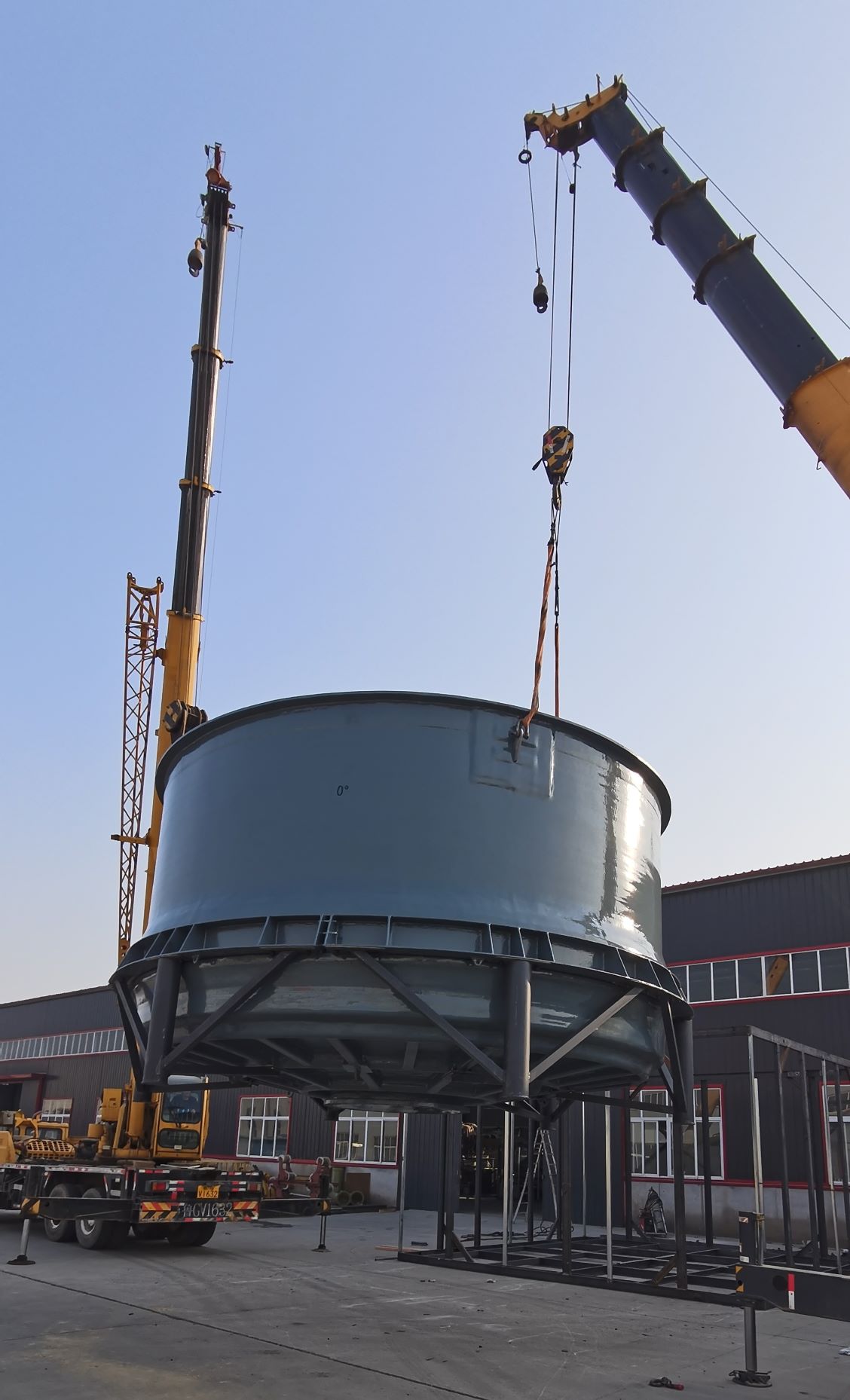
-
 Afrikaans
Afrikaans -
 Albanian
Albanian -
 Amharic
Amharic -
 Arabic
Arabic -
 Armenian
Armenian -
 Azerbaijani
Azerbaijani -
 Basque
Basque -
 Belarusian
Belarusian -
 Bengali
Bengali -
 Bosnian
Bosnian -
 Bulgarian
Bulgarian -
 Catalan
Catalan -
 Cebuano
Cebuano -
 China
China -
 China (Taiwan)
China (Taiwan) -
 Corsican
Corsican -
 Croatian
Croatian -
 Czech
Czech -
 Danish
Danish -
 Dutch
Dutch -
 English
English -
 Esperanto
Esperanto -
 Estonian
Estonian -
 Finnish
Finnish -
 French
French -
 Frisian
Frisian -
 Galician
Galician -
 Georgian
Georgian -
 German
German -
 Greek
Greek -
 Gujarati
Gujarati -
 Haitian Creole
Haitian Creole -
 hausa
hausa -
 hawaiian
hawaiian -
 Hebrew
Hebrew -
 Hindi
Hindi -
 Miao
Miao -
 Hungarian
Hungarian -
 Icelandic
Icelandic -
 igbo
igbo -
 Indonesian
Indonesian -
 irish
irish -
 Italian
Italian -
 Japanese
Japanese -
 Javanese
Javanese -
 Kannada
Kannada -
 kazakh
kazakh -
 Khmer
Khmer -
 Rwandese
Rwandese -
 Korean
Korean -
 Kurdish
Kurdish -
 Kyrgyz
Kyrgyz -
 Lao
Lao -
 Latin
Latin -
 Latvian
Latvian -
 Lithuanian
Lithuanian -
 Luxembourgish
Luxembourgish -
 Macedonian
Macedonian -
 Malgashi
Malgashi -
 Malay
Malay -
 Malayalam
Malayalam -
 Maltese
Maltese -
 Maori
Maori -
 Marathi
Marathi -
 Mongolian
Mongolian -
 Myanmar
Myanmar -
 Nepali
Nepali -
 Norwegian
Norwegian -
 Norwegian
Norwegian -
 Occitan
Occitan -
 Pashto
Pashto -
 Persian
Persian -
 Polish
Polish -
 Portuguese
Portuguese -
 Punjabi
Punjabi -
 Romanian
Romanian -
 Russian
Russian -
 Samoan
Samoan -
 Scottish Gaelic
Scottish Gaelic -
 Serbian
Serbian -
 Sesotho
Sesotho -
 Shona
Shona -
 Sindhi
Sindhi -
 Sinhala
Sinhala -
 Slovak
Slovak -
 Slovenian
Slovenian -
 Somali
Somali -
 Spanish
Spanish -
 Sundanese
Sundanese -
 Swahili
Swahili -
 Swedish
Swedish -
 Tagalog
Tagalog -
 Tajik
Tajik -
 Tamil
Tamil -
 Tatar
Tatar -
 Telugu
Telugu -
 Thai
Thai -
 Turkish
Turkish -
 Turkmen
Turkmen -
 Ukrainian
Ukrainian -
 Urdu
Urdu -
 Uighur
Uighur -
 Uzbek
Uzbek -
 Vietnamese
Vietnamese -
 Welsh
Welsh -
 Bantu
Bantu -
 Yiddish
Yiddish -
 Yoruba
Yoruba -
 Zulu
Zulu
Lightweight FRP Boat Hull Design for Enhanced Performance and Durability
The Advancements and Benefits of FRP Boat Body Construction
In the maritime industry, the construction and material selection for boats and vessels play a pivotal role in determining their performance, durability, and overall lifecycle. One of the most innovative materials that has gained popularity in recent years is Fiber Reinforced Polymer (FRP). The utilization of FRP in boat body construction offers numerous advantages, making it a preferred choice for boat manufacturers and marine enthusiasts alike.
FRP is a composite material made from a polymer matrix reinforced with fibers, which can include glass, carbon, or aramid. This combination provides enhanced mechanical properties while minimizing weight. The lightness of FRP is one of its standout features, allowing for increased speed and improved fuel efficiency. In comparison to traditional materials like steel or wood, FRP boats can achieve better performance due to reduced drag, which translates to more effective fuel consumption and lower operational costs.
The Advancements and Benefits of FRP Boat Body Construction
In addition to its durability, FRP is also versatile in design. Boat manufacturers can mold FRP into various shapes and sizes, allowing for innovative designs that optimize both aesthetics and functionality. This flexibility in design can enhance the usability and accommodation of different recreational activities, appealing to a broader range of customers. Manufacturers can produce everything from sleek racing yachts to sturdy fishing boats with varying dimensions and capabilities, all while ensuring structural integrity.
frp boat body

Moreover, FRP can be tailored to meet specific requirements, whether it be weight reduction, thermal insulation, or acoustic properties. By adjusting the type and amount of fiber reinforcement, manufacturers can create materials that suit different applications. For example, a fishing boat may prioritize durability and resistance to impact, while a leisure yacht may prioritize weight and speed. This customization gives designers the ability to choose the best material attributes for their intended use, ultimately leading to enhanced performance.
The eco-friendly aspect of FRP cannot be overlooked either. With increasing consciousness about environmental issues, the production of FRP can be more sustainable than traditional boat-building materials. Many manufacturers are now exploring the use of renewable resources for the polymer portion, thereby reducing the carbon footprint associated with boat production. Additionally, FRP boats can be recycled at the end of their lifespan, promoting a circular economy within the maritime industry.
Another critical aspect is the safety that FRP boats provide. The inherent buoyancy of FRP means that even if the hull is damaged, the boat can remain afloat, providing an extra measure of safety for those on board. This is particularly vital for recreational boating where accidents or unforeseen situations can occur.
In conclusion, the adoption of FRP for boat body construction reflects a significant advancement in marine technology. With its lightweight, durability, corrosion resistance, design versatility, customization options, eco-friendliness, and enhanced safety features, FRP has set a new standard in the boating industry. As technology continues to evolve, we can only expect further innovations that will enhance the capabilities of FRP and cement its position as a leading material in boat construction. Whether for personal leisure or commercial use, boats constructed with FRP will undoubtedly continue to shape the future of marine transportation and recreation.
Latest news
-
Exploring the Benefits of Top Hammer Drifter Rods for Enhanced Drilling PerformanceNewsJun.10,2025
-
High-Precision Fiberglass Winding Machine for GRP/FRP Pipe Production – Reliable & Efficient SolutionsNewsJun.10,2025
-
FRP Pipes & Fittings for Shipbuilding - Corrosion-Resistant & LightweightNewsJun.09,2025
-
Premium FRP Flooring Solutions Durable & Slip-ResistantNewsJun.09,2025
-
Premium Fiberglass Rectangular Tanks Durable & Lightweight SolutionNewsJun.09,2025
-
Tapered Drill String Design Guide Durable Performance & UsesNewsJun.09,2025









